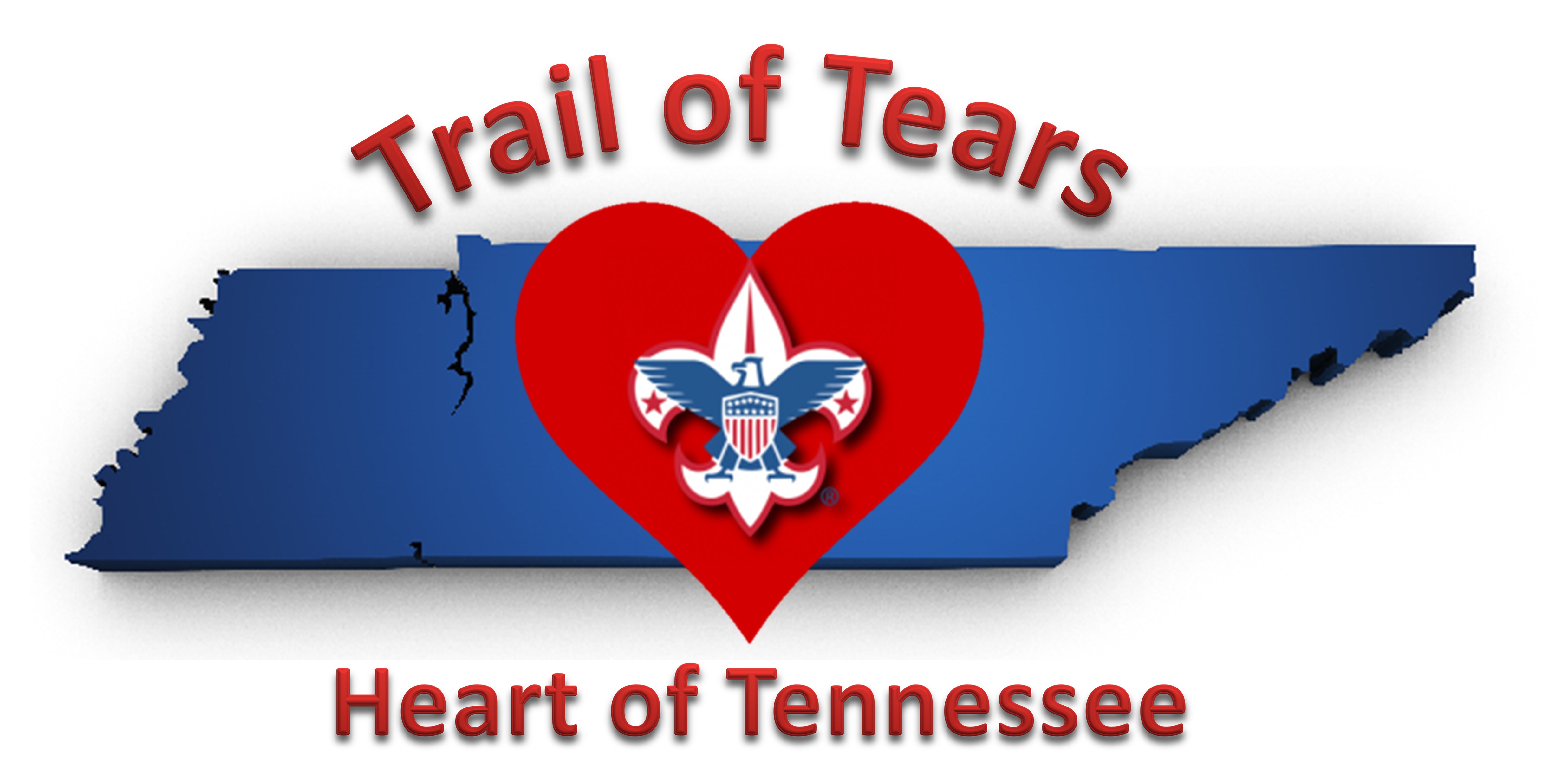

 District chairman and former Scoutmaster Mike DiTrani has completed five Philmont treks and frequently hikes in the Adirondacks, but some of his favorite hiking happens much closer to his Staten Island home.
District chairman and former Scoutmaster Mike DiTrani has completed five Philmont treks and frequently hikes in the Adirondacks, but some of his favorite hiking happens much closer to his Staten Island home.
“Urban hiking turns sidewalks into trails,” he says.
Manhattan Scoutmaster Bob Bradley enjoys taking his Scouts hiking in Central Park — just two blocks from their meeting place — and on sidewalks and shared-use paths all over New York City.
“There are so many different opportunities,” he says. “And if you spin around a little bit, you can gain a new perspective — all for free.”
We talked to these two veteran Scouters for tips on teaching the Hiking merit badge in a suburb or city.
Routes
Finding routes is easy, whether you use city streets, shared-use paths or trails in urban parks. DiTrani is a fan of Staten Island’s Greenbelt Nature Center, which has 35 miles of trails. Bradley has managed a 20-mile hike within Central Park’s 843 acres.
To find routes in your city, do a Google search.
Once you pick a route, Bradley says it’s important to stick to it, even though there are unlimited shortcuts Scouts can take.
“Yes, that’s fun for them, but it’s not necessarily the goal you wanted them to attain,” he says.
 Etiquette and Safety
Etiquette and Safety
On the trail, uphill hikers and horses have the right of way.
In some urban settings, non-hiking pedestrians have the right of way — especially if they’re rushing to work or a subway station. It also helps to keep groups small, much as you would in the backcountry.
In cities, you probably won’t have to worry about wildlife, but you will need to look out for bikes, scooters and cars.
“You’ve really got to have your head on a swivel when you’re crossing the street in Manhattan,” DiTrani says.
Gear and Food
While it makes sense to carry rain gear, extra clothing and a first-aid kit, leave a couple of the Scout Basic Essentials at home if you plan on visiting attractions along the route.
“With some of the museums, it’s much like at the airport,” DiTrani says. “They don’t want a lighter or a knife.”
Visibility is important, especially early and late in the day, so consider headlamps and reflective clothing.
“You know what’s good on the back of your backpack? One of those red blinking bike lamps,” he says.
DiTrani is OK with his Scouts buying food along the route — he has a favorite pizzeria near Brooklyn Bridge Park — but Bradley holds the line.
“Although we’re in New York City and food’s more accessible, the idea of the merit badge is that you need to carry this stuff with you,” he says. “We don’t want to swing over to a hot-dog vendor to grab a water bottle just because it’s in front of us.”
Scheduling
Mile for mile, urban hiking might take longer than trail hiking, especially if you allow for museum visits and the occasional street fair, so plan accordingly. And Be Prepared for amazement.
Bradley still remembers a Scout and his mom who joined a troop hike to Central Park.
“They’d lived there their whole life — grew up in that neighborhood two blocks away — and I introduced Central Park to them for the first time ever,” he says.
Powered by WPeMatico
